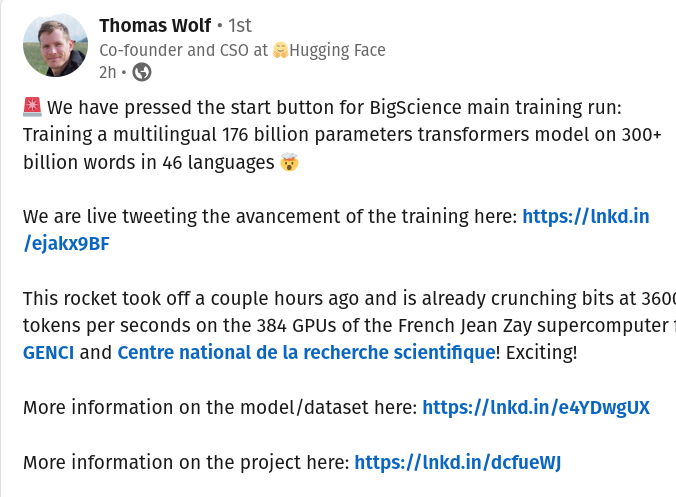Performing natural language processing in non-English languages is a challenge. Today, it is possible to get great results with multilingual natural language processing. At last, anyone can perform natural language processing in French, Japanese, Spanish, Russian, Chinese, German... and much more.

